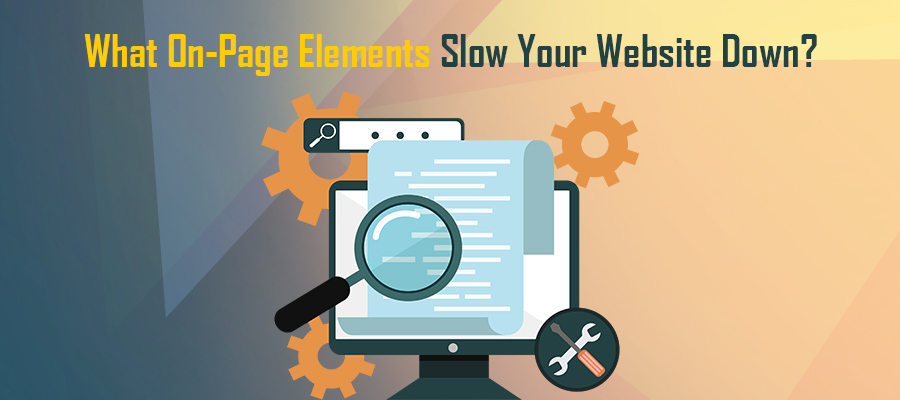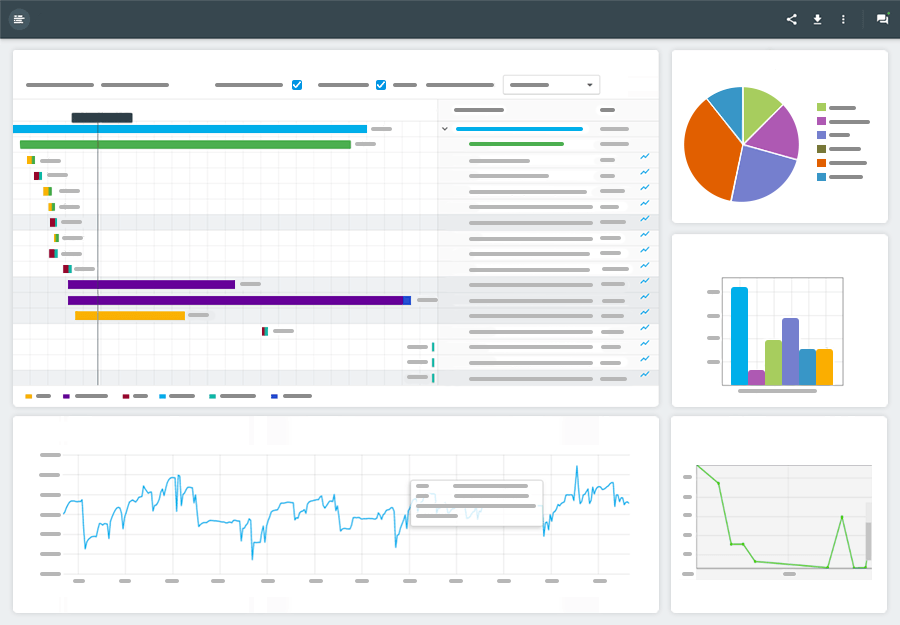 Identifying the root cause of a sluggish website is much easier said than done. With everything from server errors to improperly optimized HTML capable to slow your website, sometimes figuring out the culprit is more frustrating than waiting for pages to load.
Identifying the root cause of a sluggish website is much easier said than done. With everything from server errors to improperly optimized HTML capable to slow your website, sometimes figuring out the culprit is more frustrating than waiting for pages to load.
While the majority of slowdowns are the result of back-end, or internal infrastructure, errors, there are many different on-page elements capable of transforming your site from an optimized performance machine to a sluggish collection of text and images.
As with many other performance issues, the steps you should take to identify errors vary based upon the unique structure and build of your site. However, there are several universal on-page elements you should immediately investigate if you’re suddenly dealing with an underperforming website.
The Downside of Monetization – Excessive Ads
For many, as soon as they uncover the potential profitability of on-page advertisements, their eyes turn green with greed. This is especially true after the first few paychecks roll in from only one or two hosted ads.
The biggest flaw in their thinking is believing if one advertisement produced a profit, what about three, four, seven? It’s tempting to overwhelm your site with multiple ads, especially if your site is primarily an income-based platform, but you must resist this urge. Overloading a web page with many ads will slow your website loading time.
While one or two on-page advertisements from reputable sources, such as Google AdSense or Yahoo! Ads, won’t prove detrimental to your site performance, not every advertisement curator holds such high standards.
As a general rule, avoid running ads from dealers who don’t carefully analyze and optimize advertisements. If you wish to avoid Google, or other big names in the advertising realm, consider selling ad space yourself. Doing so gives you control over content, images and elements.
The True Cost of Media – Embedded Files
It’s no surprise viewers love media. The average internet user appreciates a good video, slideshow or image gallery. While there are many tactics capable of supporting the need for multimedia without causing to slow your website, embedded media isn’t one of them.
This isn’t to suggest you should completely avoid embedded media. This content type holds significant value to viewers. However, page loading is just as important, if not more appreciated than videos or slideshows.
So, what can you do? Unfortunately, this answer isn’t as easy to provide. Ultimately, the best advice is to use your best judgment. Don’t heavily rely on external media content, and when used, use quality and optimized sources. Consider different ways of presenting content rather than embedding a third-party element.
Page Design – Simplistic Aesthetic for Potent Speed
The most common trap new website owners find themselves wrestling isn’t code density, image optimization or back-end errors. Rather, it’s the visual aesthetics of their enterprise.
We’re in a fascinating time in web design. HTML5, CSS, JavaScript and other advancements allow websites to look and behave unlike ever before. While these technologies can be optimized for speed and performance, if implemented without care, your desire for an eye-popping website may inhibit others from enjoying your creation.
Before jumping into the depths of dynamic page designs and stylistic advancements, do your homework and never sacrifice speed for style.


